The book “Symbols, insignia and worship objects of the Annamese people” by French scholar Gustave Dumoutier explores the spiritual life of the Vietnamese people in the 19th century.
On February 22, the book “Symbols, insignia and worship objects of the Annamese people” by French scholar Gustave Dumoutier was introduced to readers, sketching a comprehensive picture of the spiritual life of the Vietnamese people in the 19th century.
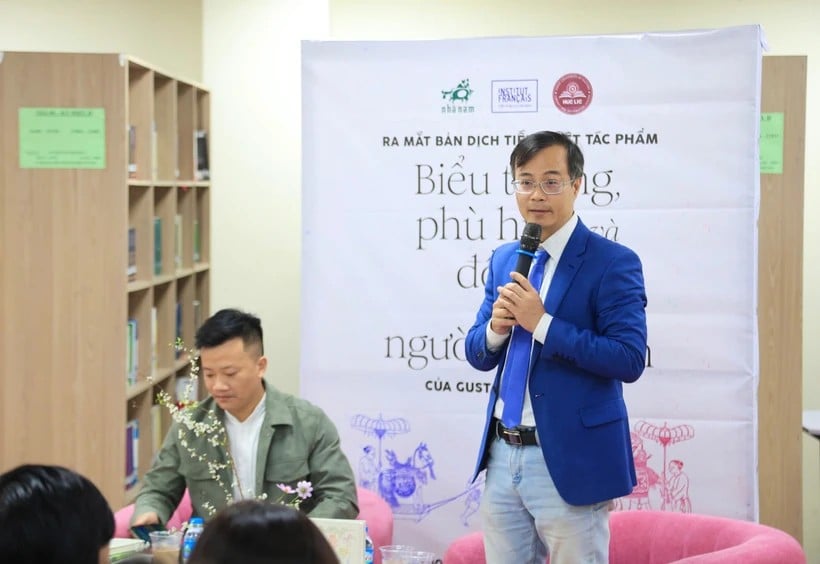 |
| Cultural researcher Dr. Tran Trong Duong shared at the book launch in Hanoi. (Photo: PV/Vietnam+) |
On the altar, each worship item, from incense bowls, candles to offerings, all carry profound spiritual meanings. Accordingly, common symbols on worship items such as the characters for happiness, longevity, the image of yin and yang, the river map, the lac thu and many other images have been carefully recorded by scholar Gustave Dumoutier in his book. What is special is that the author does not stop at describing the appearance, but also delves into the cultural and spiritual values hidden behind each item.
Along with the explanation of the meaning, French scholar Gustave Dumoutier also recorded the applications of these symbols in the religious and worship life of the Vietnamese people, their beliefs and taboos. The origins of these symbols were also carefully researched, compared with historical books and annotated in detail for readers to easily look up during the reading process.
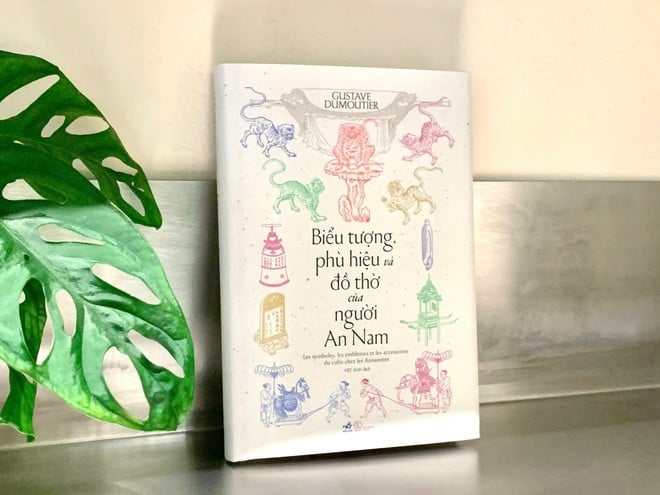 |
| The book is the research work of French scholar Gustave Dumoutier. (Photo: PV/Vietnam+) |
For each symbol, scholar Gustave Dumoutier carefully included one or two accompanying images to preserve the image of that symbol from hundreds of years ago, helping readers of many generations, in many periods, to compare and contrast with their own period.
Sharing at the book launch, cultural researcher Dr. Tran Trong Duong said that ancestor worship is a sacred belief of Vietnamese people, meaning “When drinking water, remember its source,” conveying good wishes of people. Every Vietnamese family, regardless of the circumstances, reserves the most solemn space in the house to worship their ancestors.
Therefore, a book recording and researching traditional worship customs such as “Symbols, emblems and worship objects of the Annamese people” is not only a valuable academic document, but also a key to help us open the door to a deeper understanding of the soul, character and identity of the Vietnamese people.
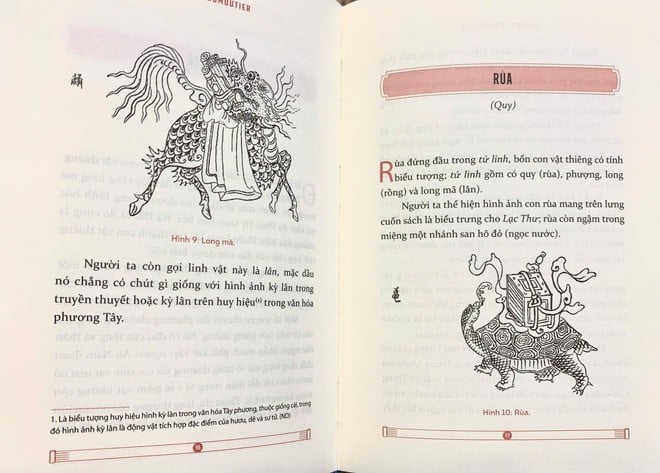 |
| The book also delves into the spiritual meaning behind each symbol. (Photo: PV/Vietnam+) |
“Gustave Dumoutier's book not only describes in detail the shape and origin of the worship items, but also delves into the spiritual meaning hidden behind each symbol,” said Dr. Tran Trong Duong.
According to expert Tran Trong Duong, the value of the book also lies in the rich and detailed system of illustrated documents about the worship items of the Vietnamese people in the late 19th century, helping future generations to visualize in a specific way the spiritual life of the Vietnamese people more than a century ago. These illustrations are important historical documents in the study of Vietnamese religious culture.
The book is published by The Gioi Publishing House and Nha Nam Culture and Communication Company.
Author Gustave Dumoutier (1850-1904) studied at the Seine-et-Marne Archaeological Society. In 1886, after attending a Vietnamese and Chinese language course at the National Institute of Oriental Languages and Civilizations, Dumoutier went to Indochina to work as an interpreter for Paul Bert, then Resident General of North and Central Vietnam. He is considered one of the most knowledgeable scholars on Indochina, a collaborator of the French École Française d'Extrême-Orient with outstanding research in archaeology, historical geography, ethnology and folk traditions. He has many valuable and famous research works, including "Funerals of the Annamese". |
According to Vietnamplus.vn
https://www.vietnamplus.vn/tin-nguong-tho-cung-cua-nguoi-viet-qua-lang- Kinh-hoc-gia-phap-post1013751.vnp
Source: https://thoidai.com.vn/tin-nguong-tho-cung-cua-nguoi-viet-qua-lang-kinh-hoc-gia-phap-210373.html








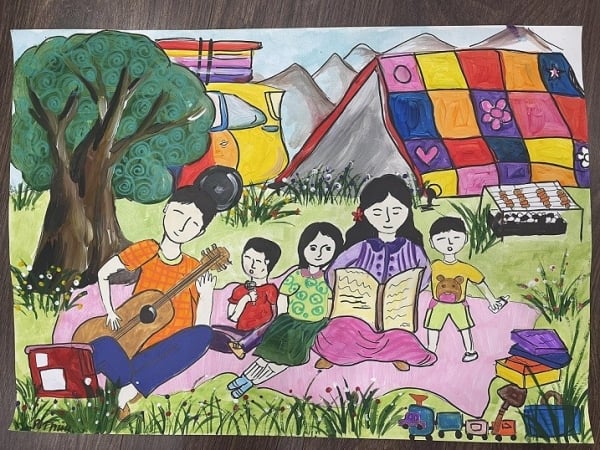

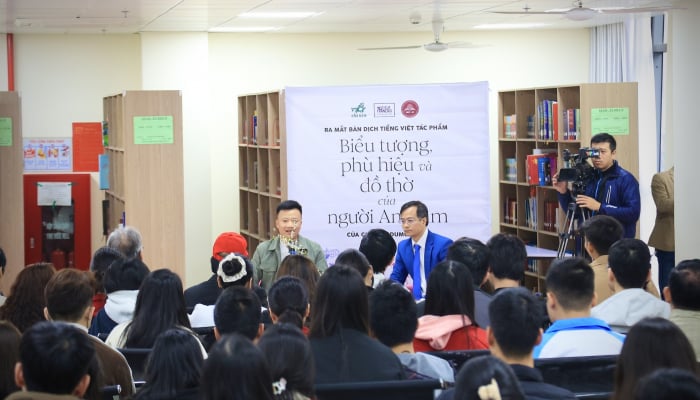

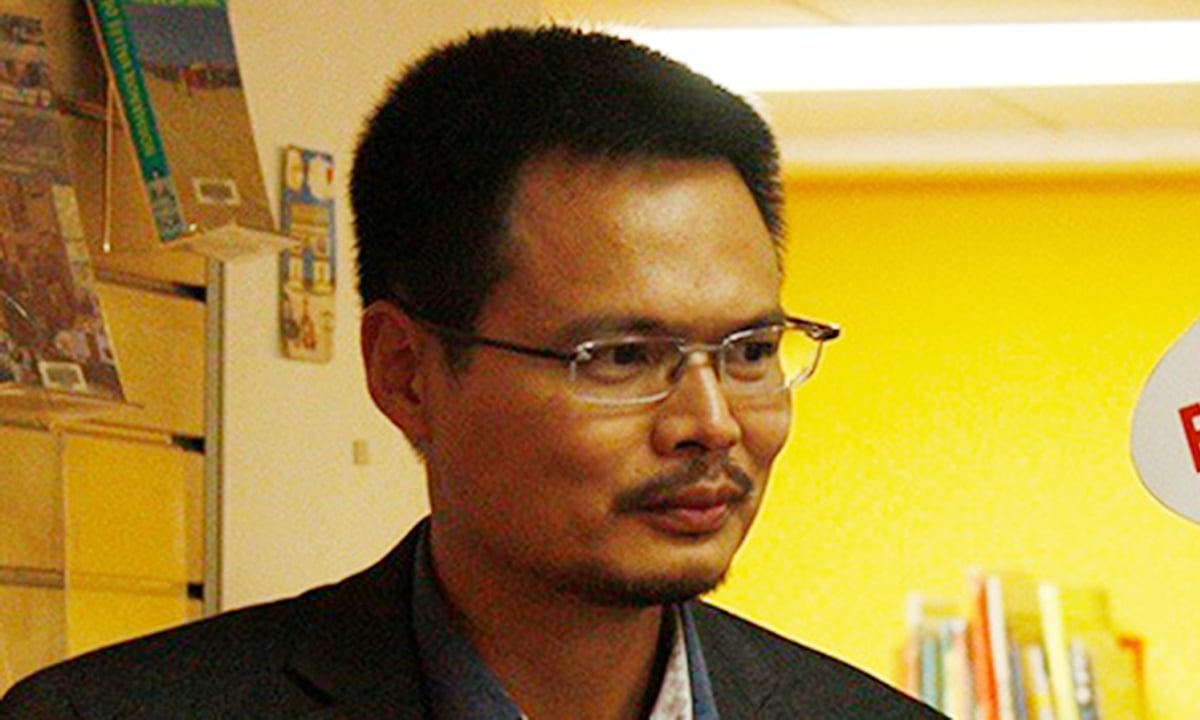

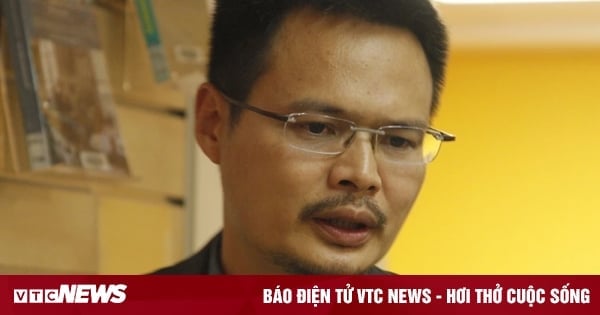

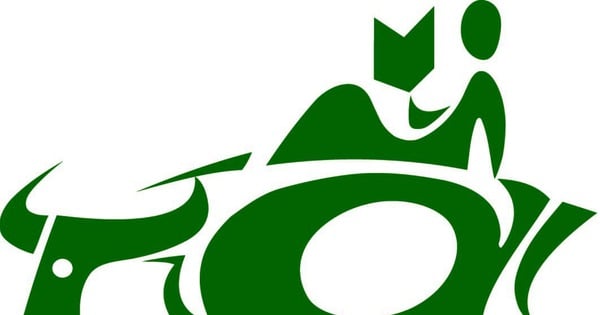

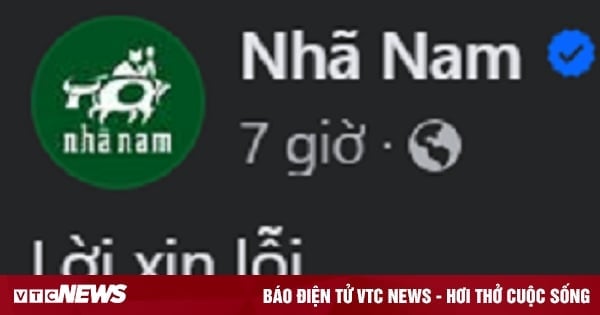
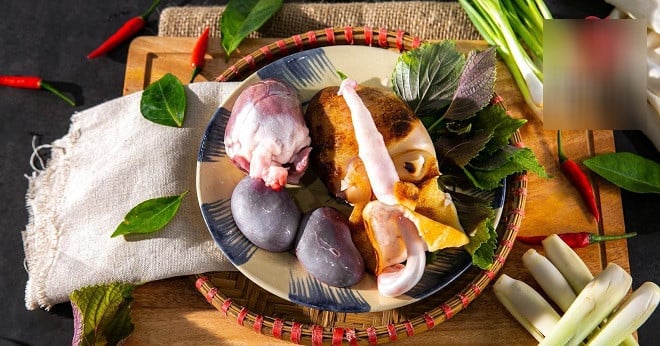

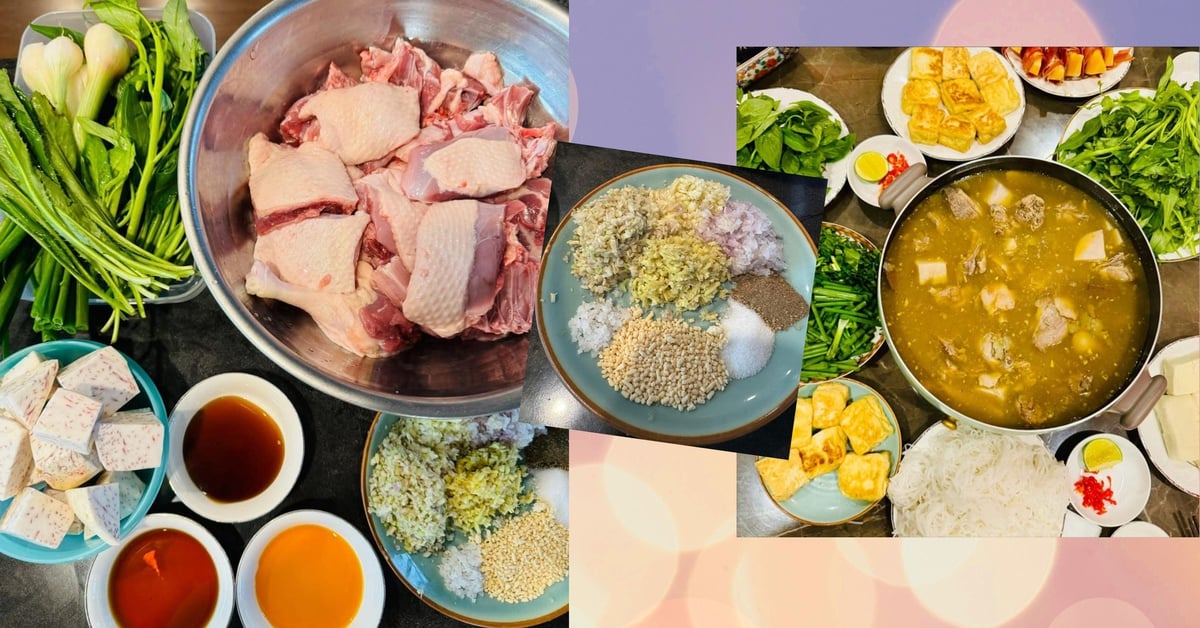
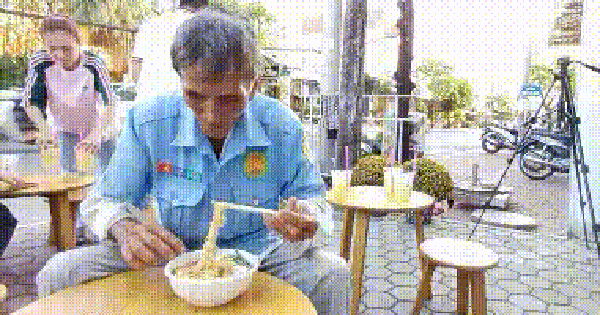

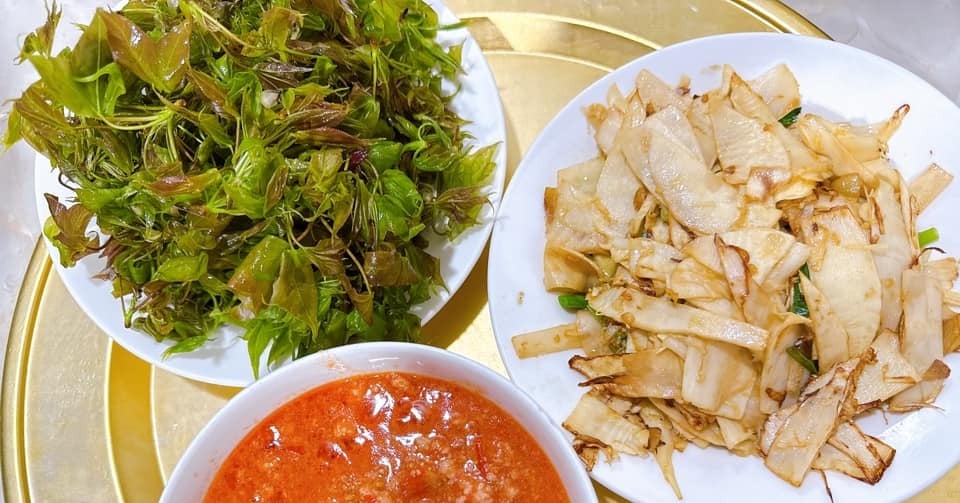


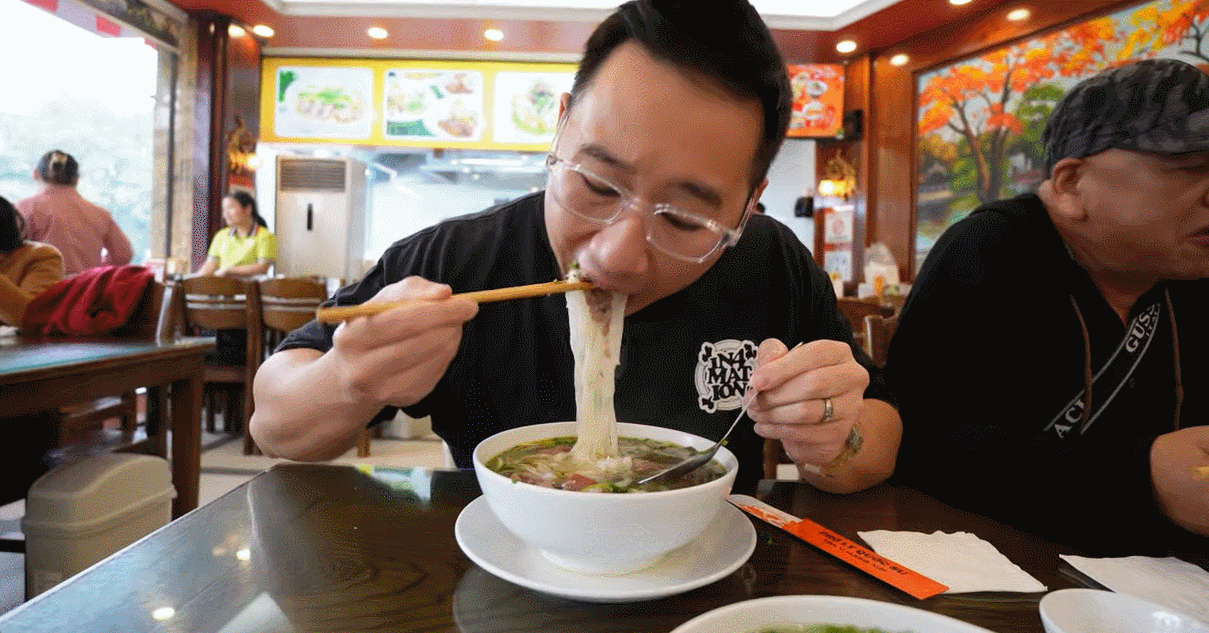
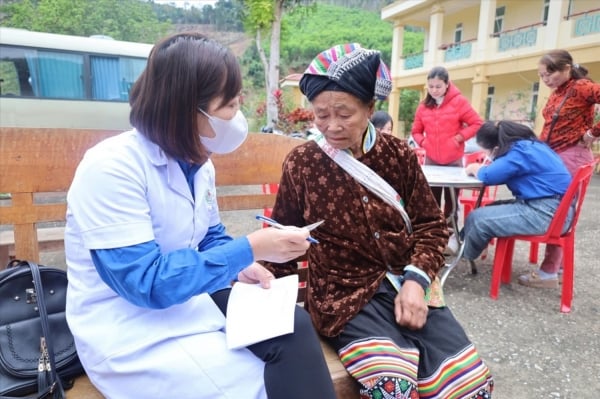

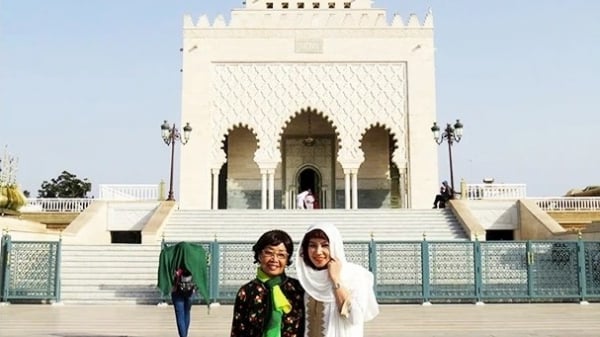
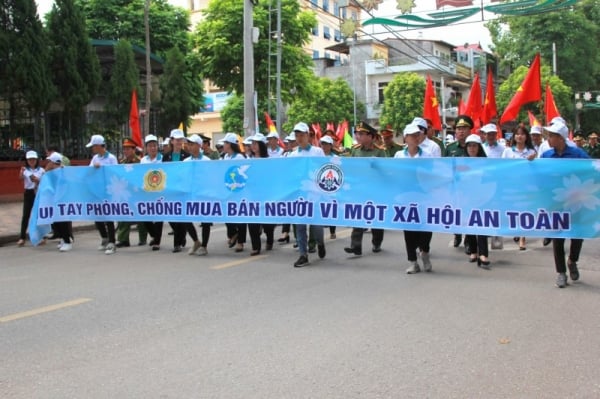

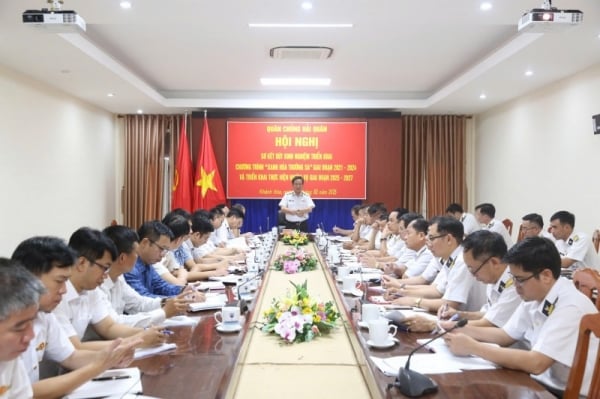







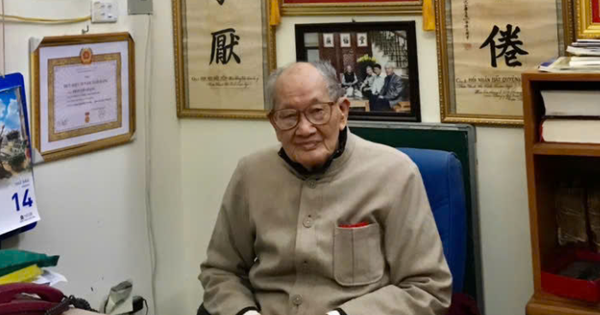


Comment (0)